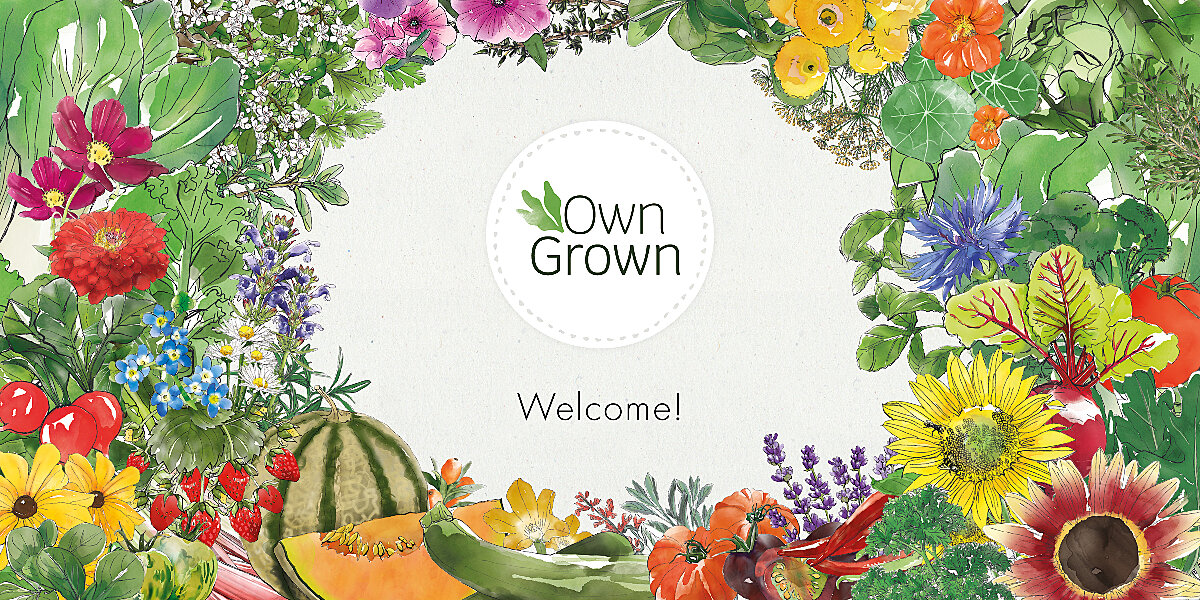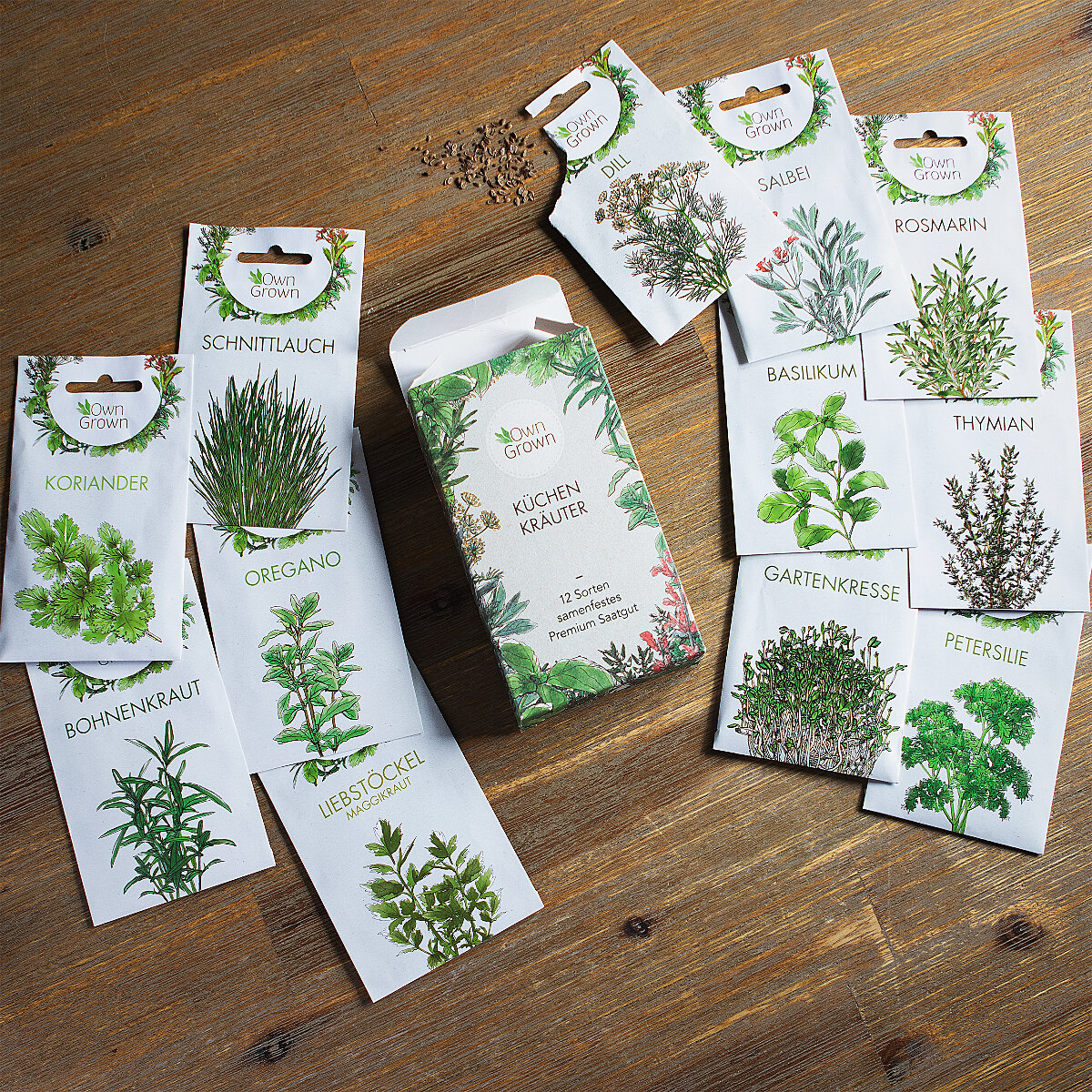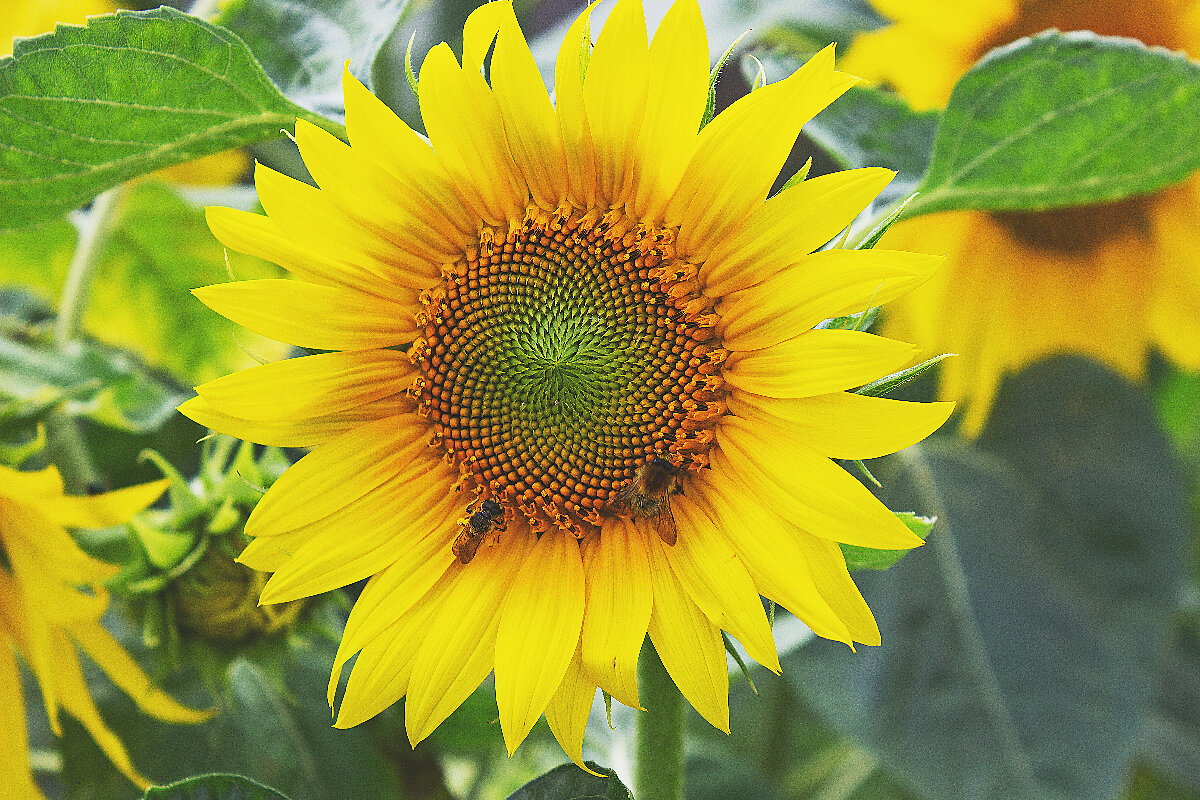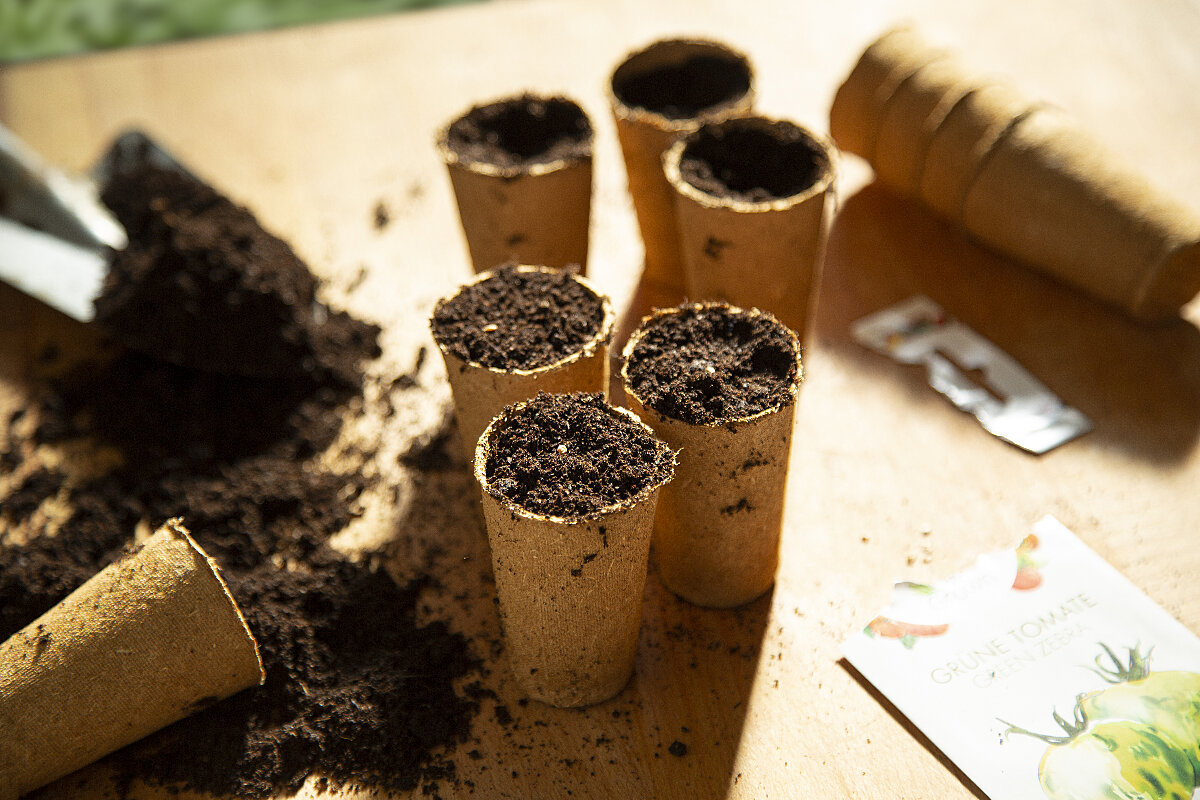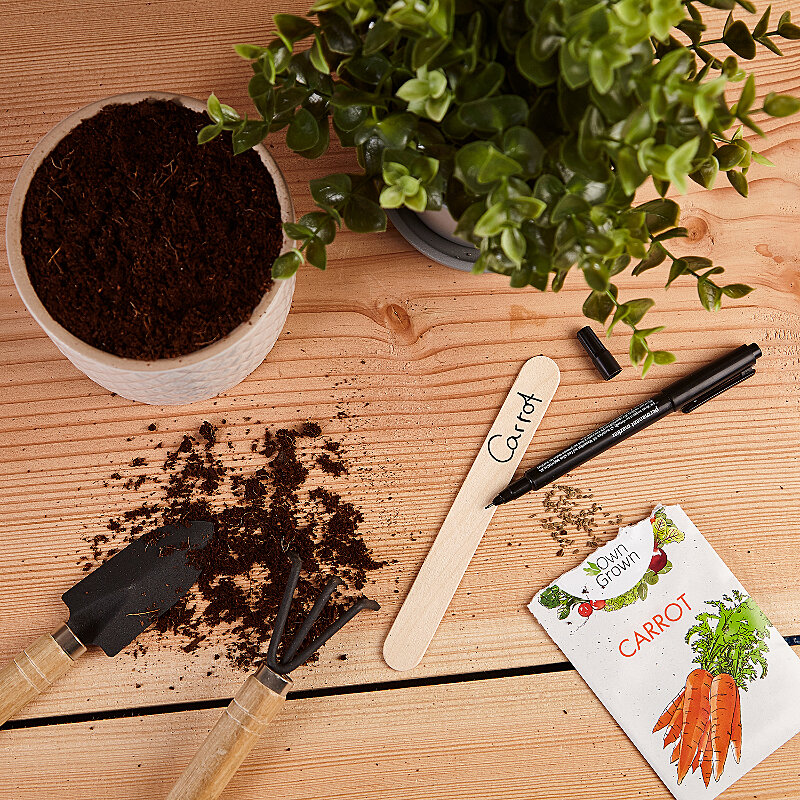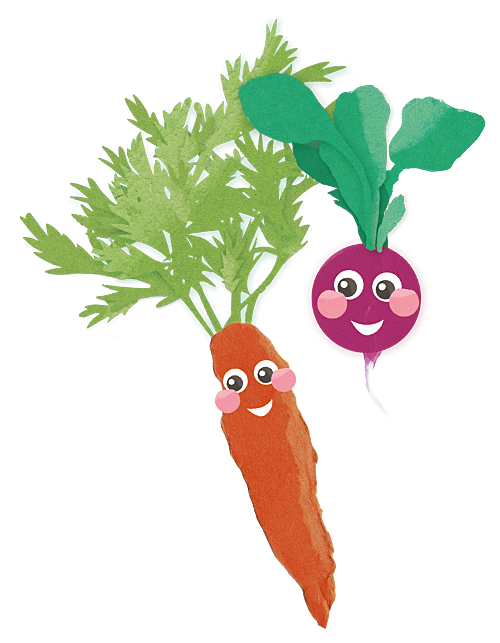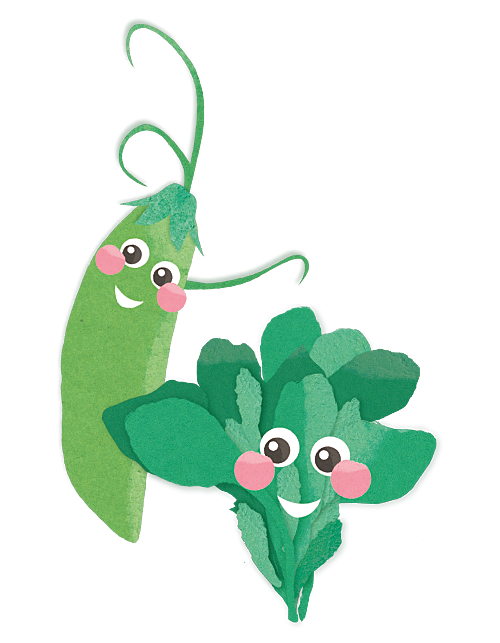OwnGrown Premium Seeds – Find us on Amazon
Quality

Our OwnGrown seeds are produced entirely without pesticides and without genetic engineering. All our plant seeds are also heirloom seeds, which means that they produce plants with the same traits, season after season. The heirloom seed variety can therefore reproduce naturally, unlike hybrid varieties, which are created by crossbreeding.

We attach great importance to offering only the very best plant seeds! Our seeds are tested for germination and viability by independent institutes in Germany. It is subject to constant state control. In addition, we use our own test areas for the cultivation of our plants. Furthermore, our seed sets are manufactured with love and care in workshops for people with disabilities.

Sustainable production is very important to us and we are continuously working to optimize our processes in this regard. As far as possible, we pay attention to the use of plastic-free packaging. For the production of our seed sets, we use FSC® - certified raw materials from sustainable production. In addition, our coconut growing soil is produced exclusively peat-free.
The most frequent questions about OwnGrown
Where can I buy the OwnGrown products?
Currently, you can buy all our products on Amazon! Simply click on the link for:
- Our US Amazon Shop
- Our UK Amazon Shop
- Our France Amazon Shop
Are all seed sets packed by hand?
We are very happy that we have been working together with several facilities for people with disabilities in Leipzig/Germany – our company location – for several years now. The employees of these workshops confection, sort and pack each of our seed sets, such as our Garden Vegetable Set, the Kitchen Herb Set or the Mini Garden Starter Set for children, with much love and care.
We are in close personal contact and active exchange with all workshops and will continue to work with these great partners in the future.
How long is the storage life of the seeds?
With good storage conditions (dry and at room temperature) our seeds have no specific expiration date. However, over time, the germination rate decreases. You could still try sowing the seeds later than the two or four years we recommend, depending on the variety. It is just likely that fewer plants will sprout.
We only use seeds that are heirloom varieties, other manufacturers often offer F1 hybrid varieties, which usually lose their germination capacity faster. All our seeds are free from pesticides and GMO-free.
Are the seeds from Germany?
We try to source as much seed as possible from Germany, but this is not always possible. It depends very much on how the respective harvest year has gone and where the best growing conditions for the specific needs of the plants can be found. For example, some of our varieties come from the Netherlands (where rainfall is higher) or Italy (where there are more hours of sunshine).
However, all our seed varieties are tested, cleaned and packed in Germany.
What can I do when my plants are not growing?
We are sorry to hear that you have problems growing your plants. We can exclude that there is a problem with the seeds, because we have all our seeds tested by independent institutes for germination and viability and are also subject to constant state control. In addition, we use our own cultivation test areas.
Why it hasn't worked for you yet is difficult to tell without further information. Successful plant growth depends on various factors: Temperatures, soil composition, light, temperatures and more. You cannot force natural seeds to grow if the environmental conditions are not optimal. Thus, it may well happen that a variety does not germinate directly. The seeds in the packages are enough for many plants or several growing attempts. Be careful not to sow too many seeds at once on one spot, because then there will not be enough space for germination.
If it does not work for you despite further attempts, please contact us directly at help@owngrown.com. We will help you with further tips or send you a replacement free of charge. We keep our fingers crossed that it will work next time!
How long can I sow my flower meadow mixtures?
April to June is the perfect time to sow our Bee Meadow, Butterfly Garden, Wildflower Meadow and Co. From mid-July, things start to get a little late, as the plants are unlikely to have enough time to grow tall and form flowers before the colder months begin.
If it turns out to be a long summer or mild autumn, it may well still work out, but we can't promise anything here. However, it is always worthwhile to give it another try!
The flower meadow seeds contained in our packs are sufficient for a large area and, if stored well, can still be used in the following year. So if you don't expect 100% success, you can still give it a try after June!
Can I sow my meadow mixture on an existing lawn?
If you spread the seeds of Bee Meadow, Butterfly Garden, Wildflower Meadow and Co. on an existing lawn, there is very little chance that the flowers will actually grow. Plants always need adequate space and nutrients to develop well. Grasses tend to grow much more dominantly than flowers, which is why there are no grasses in our seed mixtures, only flower seeds. So on already existing lawns with densely distributed roots, flowers have little chance to grow. We therefore recommend sowing on unplanted flower or garden soil: For example, on a loosened strip of soil in the garden (this is perfect for a wonderfully colorful, insect-friendly flowering strip), directly in the bed or in a large flower pot. Also, keep in mind that each mix consists of flower varieties that grow to an average height of 40cm (16in). The result is more the growth of a wild meadow than of a "neat" flower lawn.
Can animals eat the flower meadow mixtures?
Flower seed mixtures consist of flowering plants for the garden, which are not intended to feed animals (except for insects). They are ornamental plants, without grass.
Even so, there is little chance of problems - the animals would have to eat a very large amount of seeds or flowers to have a negative effect. Most of the time, animals also instinctively know which plants they can and cannot eat.
What do I do with the faded flowers in autumn?
There are several ways to handle this. For example, the flowers can be left standing and simply removed the next spring.
This also allows some insects to nestle in the stalks and find shelter during winter. Birds can find valuable and nutritious seeds to snack on in some faded flowers, such as sunflowers. However, if the faded flower meadow in your garden looks a little too wild, it can also be mowed or cut in autumn.
Why does my fruit/vegetable plant not bear fruits?
We are sorry to hear that! We can exclude that there is a problem with the seeds, because we have all our seeds tested by independent institutes for germination and viability before production and are also subject to constant state control. Furthermore, we use our own test areas for growing and sowing.
If the plants do not bear fruits, it is certainly because there was a problem with pollination of flowers. This can happen when there's no chance of pollination by beneficial insects (perhaps due to growing in a closed greenhouse or indoors). Some plant varieties you should plant multiple times in your garden, such as zucchini, because the plants need to pollinate each other.
If you have further questions or problems, you can simply get in contact! We are happy to help via help@owngrown.com.
What can I do if my seedlings become very long and thin?
Seedlings often grow up long and thin when they get too little light and then stretch towards the light. Too high temperatures, especially due to heating inside the house, also stimulate strong growth. Furthermore, seeds sown too densely can also lead to excessive growth.
So this is what you can do: Place your plant pots or seed trays close to a window, for example on the windowsill. Make sure that the seeds are not sown too close together to give the plants enough space to develop. You can carefully prick out plants that are growing too densely. As soon as the last frost is over, the plants be transplanted outside. If it is still too cold at night, but quite mild during the day, you can place the seedlings in the fresh air during the day to accustom them to the cooler temperatures.
Contact

Your plants did not grow?
No problem – we are happy to help! Also regarding further questions or problems, simply get in contact!

